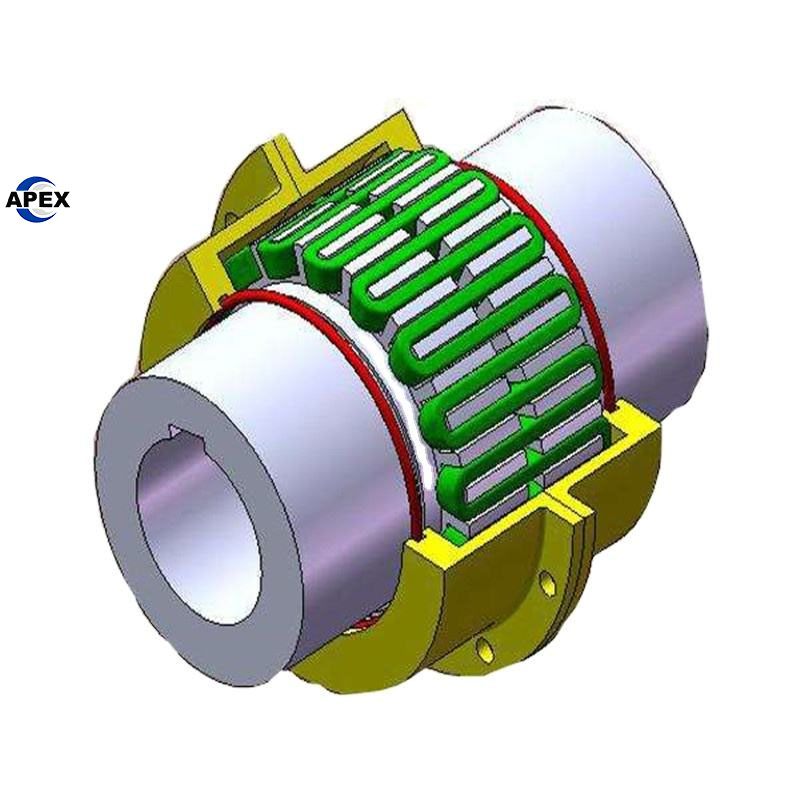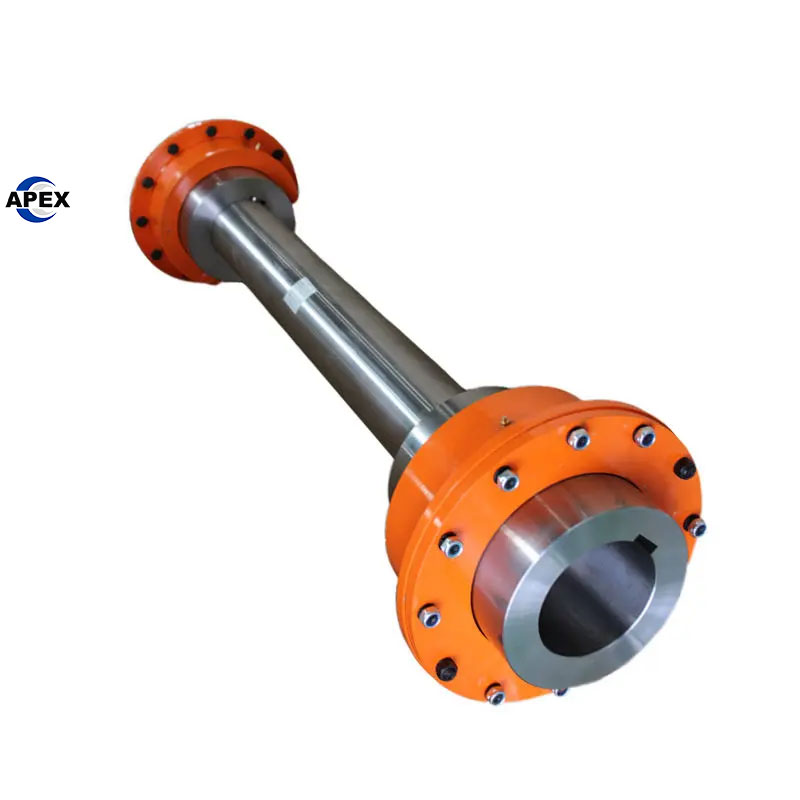china falk flexible coupling wholesaler
- china low cost falk flexible coupling
- 2 inch flexible pvc coupling
- flexible duct coupling
What is falk flexible coupling?
A Falk flexible coupling is a type of mechanical coupling designed to transmit rotational power between two shafts while allowing for flexibility to accommodate misalignment, vibration, and shock loads. These couplings are commonly used in various industrial applications where flexibility and durability are required.
Key Features of Falk Flexible Couplings:
Misalignment Compensation:
Falk couplings are designed to absorb both angular and parallel misalignments between shafts. This helps prevent excessive wear and tear on the connected machinery.
Vibration Dampening:
They are often used to reduce or dampen vibrations that can affect the performance of machinery. This is particularly important in systems that experience high-speed operation or where noise reduction is crucial.
Shock Load Absorption:
These couplings can handle shock loads, making them ideal for applications where sudden changes in load or torque occur, such as in motors or pumps.
Durability:
Falk couplings are known for their durability and long-lasting performance, even in harsh operating environments. They are typically made from high-strength materials like steel and rubber, ensuring robust performance.
High Torque Transmission:
Falk couplings are capable of transmitting high torque values, making them suitable for heavy-duty applications such as industrial machinery, conveyor systems, and pumps.
Types of Falk Flexible Couplings:
Grid Couplings:
These couplings use a grid spring to flex and absorb misalignment. They are known for their ability to handle high torque and offer good vibration dampening.
Gear Couplings:
Falk gear couplings are used when precise alignment is required. They are designed for higher torque capacities and are often used in heavy-duty applications.
Jaw Couplings:
These couplings consist of two interlocking hubs and an elastomeric insert. They are easy to install and provide good flexibility for small to medium torque applications.
Spider Couplings:
This is a type of jaw coupling that uses a rubber or elastomeric insert (called a “spider”) between two metal hubs. These are often used to isolate vibrations and reduce noise.
Disc Couplings:
These couplings use flexible discs to accommodate misalignment and are known for their compact design and high torque capability. They are often used in applications requiring high torque and minimal backlash.
Applications of Falk Flexible Couplings:
Pumps: To connect motors to pumps while accommodating misalignment.
Compressors: Used in industrial compressors where shock loads and vibrations are common.
Conveyor Systems: To connect shafts in conveyor belts and materials handling systems.
Mixers and Blenders: Used in food processing, chemical manufacturing, and other mixing applications to reduce vibration and improve system stability.
Power Transmission: In machinery and automotive industries for transferring power between shafts.
Advantages of Falk Flexible Couplings:
Cost-Effective Maintenance: The flexibility in design reduces the need for expensive repairs and replacements due to misalignment or vibration damage.
Reduced Downtime: Their robust design helps reduce system downtime caused by failures in other types of couplings.
Energy Efficiency: They help optimize energy transmission by minimizing energy loss due to vibrations and misalignment.
Improved Performance: Falk couplings ensure smoother operation, which can extend the life of the connected machinery and enhance overall performance.



